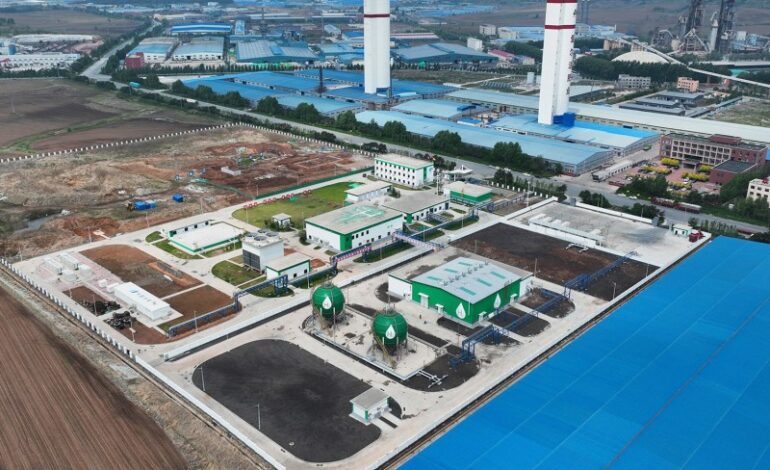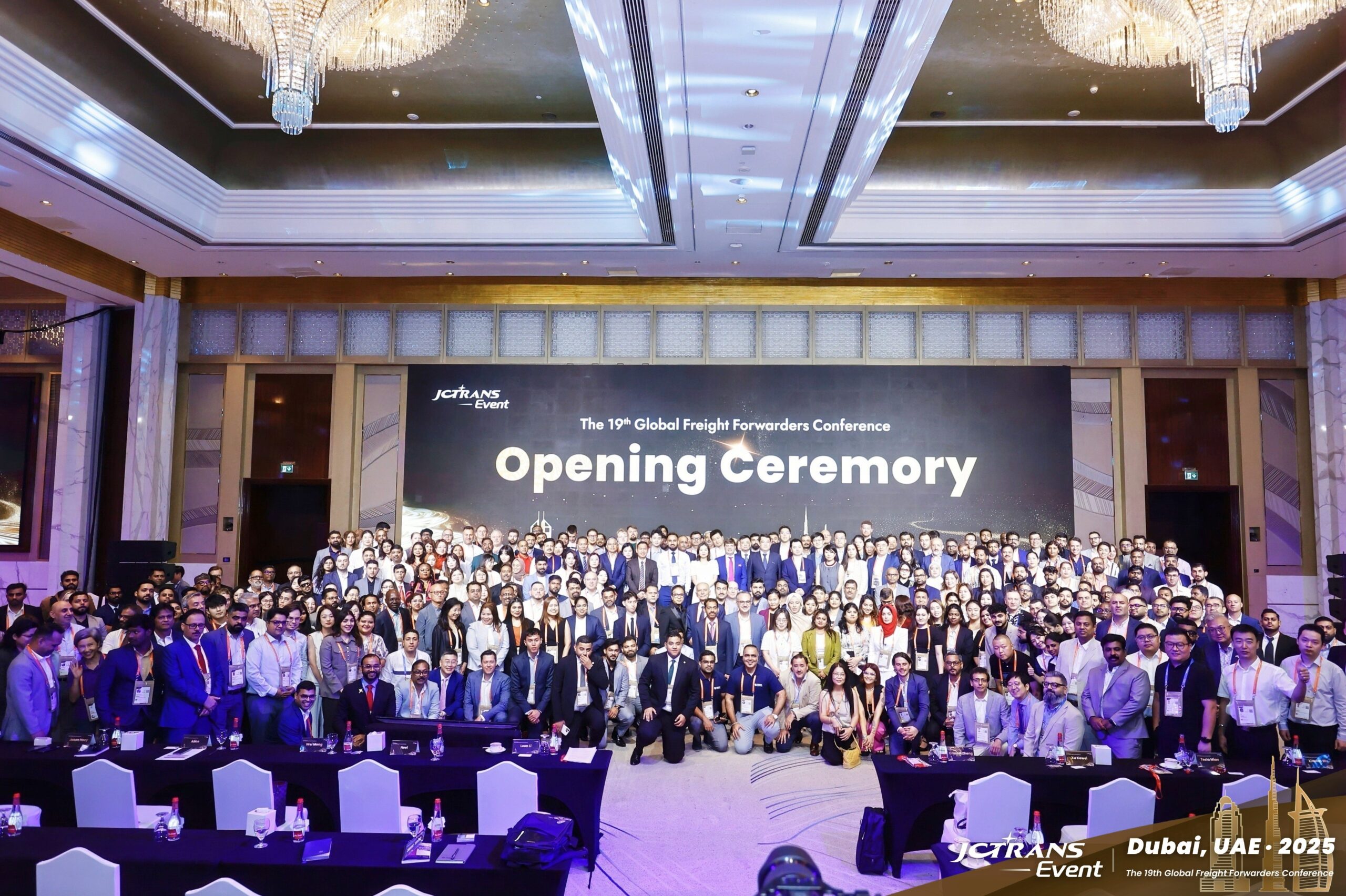China Advances in Hydrogen Technology, Threatening U.S. Edge

The global race for hydrogen technology is intensifying, with China establishing itself as a frontrunner in the production and innovation of low-emission hydrogen solutions. As the United States focuses on achieving energy dominance through hydrocarbons, experts warn that the country risks falling behind in this vital energy supply chain. Hydrogen’s versatility offers significant potential for decarbonizing hard-to-abate sectors like petrochemical refining and steelmaking, making it a key player in future energy strategies.
Hydrogen can be produced from diverse resources, including natural gas and renewable energy. This adaptability allows it to serve as a clean fuel and a long-term energy storage solution, enhancing the resilience and reliability of energy systems. The United States could gain a competitive advantage by investing in hydrogen technologies, but concerns are growing that it may replicate past mistakes in manufacturing and cost efficiency.
China has already established dominance in the global supply chains for solar photovoltaics and electric vehicle batteries, and it is now accelerating efforts in the hydrogen sector. The country has become the largest producer and consumer of hydrogen, with an impressive **60 percent** of global alkaline-based electrolyzer manufacturing capacity. These electrolyzers are critical for splitting water into hydrogen and oxygen, and China is working to enhance its capabilities in proton exchange membrane (PEM) electrolyzer technology, which is more compatible with renewable energy sources.
While China’s advancements in hydrogen technologies will aid its emissions reduction goals, they also serve broader strategic interests. As the world’s top producer of steel and cement, both of which are carbon-intensive, China aims to leverage hydrogen for cleaner production processes. This move is essential for complying with emerging emissions-based tariffs and enhancing energy independence.
Despite China’s progress, the United States and Europe remain leaders in the innovation of PEM electrolyzers and related technologies. U.S.-based chemical companies have produced industry-standard PEM membranes, and both the U.S. and Europe are exploring strategies to avoid becoming overly reliant on Chinese manufacturing. The European Hydrogen Bank, for instance, has introduced stringent requirements in its auctions to support domestic electrolyzer production, limiting the share of electrolyzer capacity originating from China to **25 percent**.
Investment in innovation remains crucial to maintaining a competitive edge. Between **2005 and 2020**, the United States, Germany, and Japan accounted for nearly two-thirds of international patent filings related to electrolyzers. However, as of **2022**, China emerged as the world leader in hydrogen-related patents, particularly in hydrogen production technologies. While challenges remain in mastering complex engineering aspects of PEM electrolyzers, the trajectory indicates that China’s innovation capabilities may soon rival those of Western nations.
The hydrogen economy in the United States is at a pivotal moment. Incentive structures designed to scale electrolyzer manufacturing and deployment, such as those outlined in the **Infrastructure Investment and Jobs Act (IIJA)** and the **Inflation Reduction Act**, face uncertainty due to recent project cancellations. The **$1.5 billion** allocated for electrolyzer research and development is under threat, which could jeopardize the U.S. electrolyzer sector’s future.
China’s goal is to establish comprehensive PEM technology supply chains by **2035**, according to a report from the state-owned **China Daily**. The report highlights that Chinese companies, such as **PERIC Hydrogen Technologies Co.**, are expanding production capacities to meet growing global demand, with export revenues doubling since **2021**.
To regain momentum in the hydrogen sector, the United States must adopt a dual approach. First, it should focus on scaling clean hydrogen production in sectors with proven demand, such as petrochemicals and steel. This targeted deployment could stimulate domestic electrolyzer manufacturing and expand the hydrogen supply to meet international needs.
Second, the U.S. should position itself as a leader and preferred partner for allies pursuing hydrogen initiatives. This would involve strategic investments in manufacturing capacity to export American-made electrolyzers and related technology. Leveraging institutions like the **International Development Finance Corporation** can help open markets in developing economies.
The recent high-level engagements by the United States in the Arabian Peninsula demonstrate the potential for securing significant investments in emerging energy technologies. By nurturing innovation, incentivizing manufacturing, and promoting U.S. products in expanding markets, the United States can build a robust and transparent hydrogen supply chain, ultimately enhancing energy security and contributing to global emissions reduction efforts.






